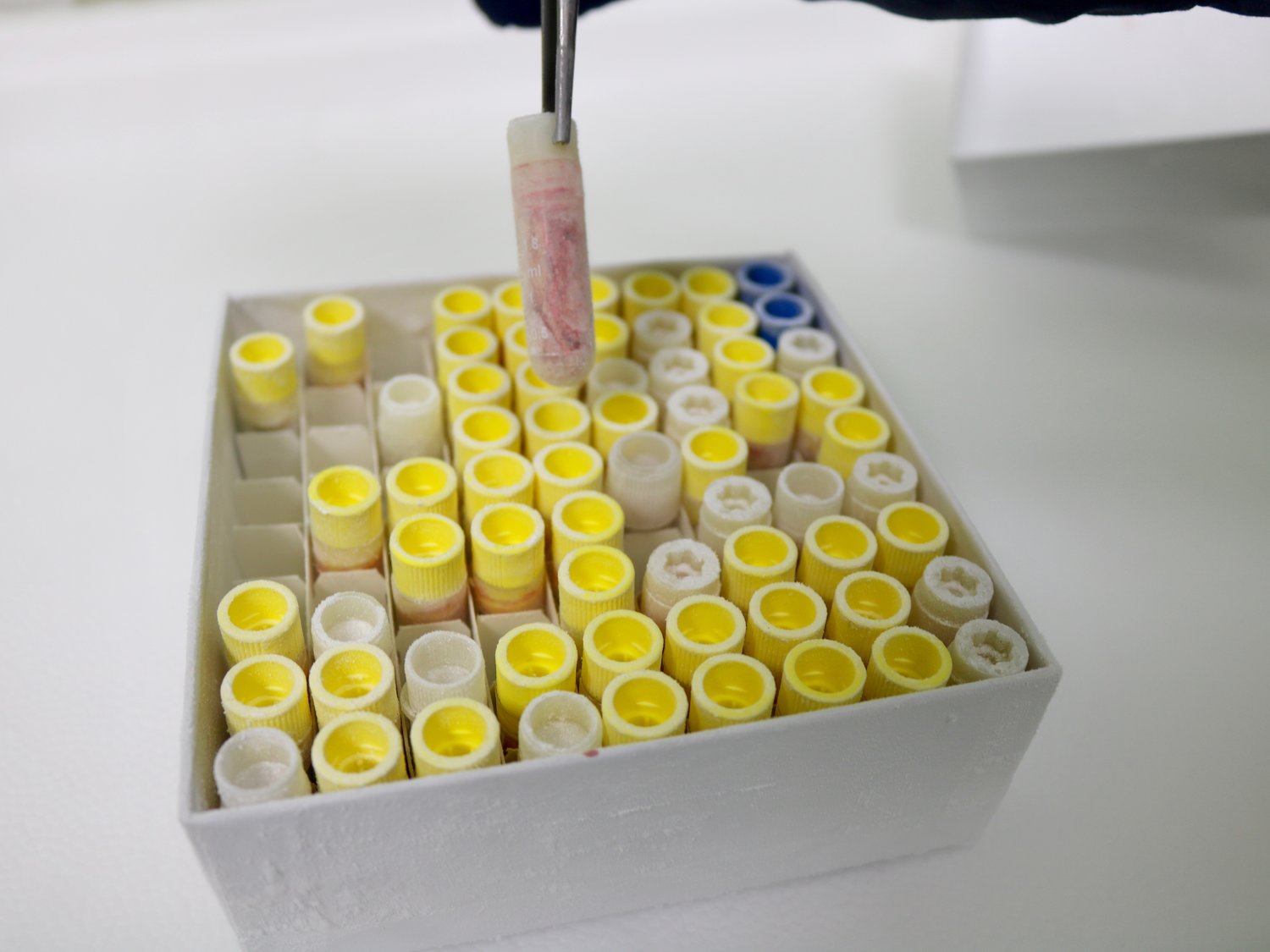A biorepository is a biobank of all biological resources, which includes specimens and their associated data. Biorepositories are important repositories for plant genetic resources. They help ensure that valuable plant genetic resources are protected and available for use by researchers. To know more details about the biorepository, go to this website.

A biorepository consists of a collection of plants, animals, and other organisms that have been collected from various locations around the world. The collection is maintained in a laboratory or research center, and scientists can use it to study different aspects of plant biology. The usefulness of a biorepository depends on a number of factors, including the type of information that is being stored and how it is being used.
Biorepositories play an important role in plant conservation. They help preserve plants that may be in danger of extinction, and they can also help researchers learn more about the plant species that are important to the environment.
Biorepositories are an important tool for environmental monitoring and research. They allow us to collect data from multiple ecosystems over time, which can help us learn more about the effects of human activity on our environment. By storing samples in biorepositories, we can also protect them from contamination and maintain their biological integrity.